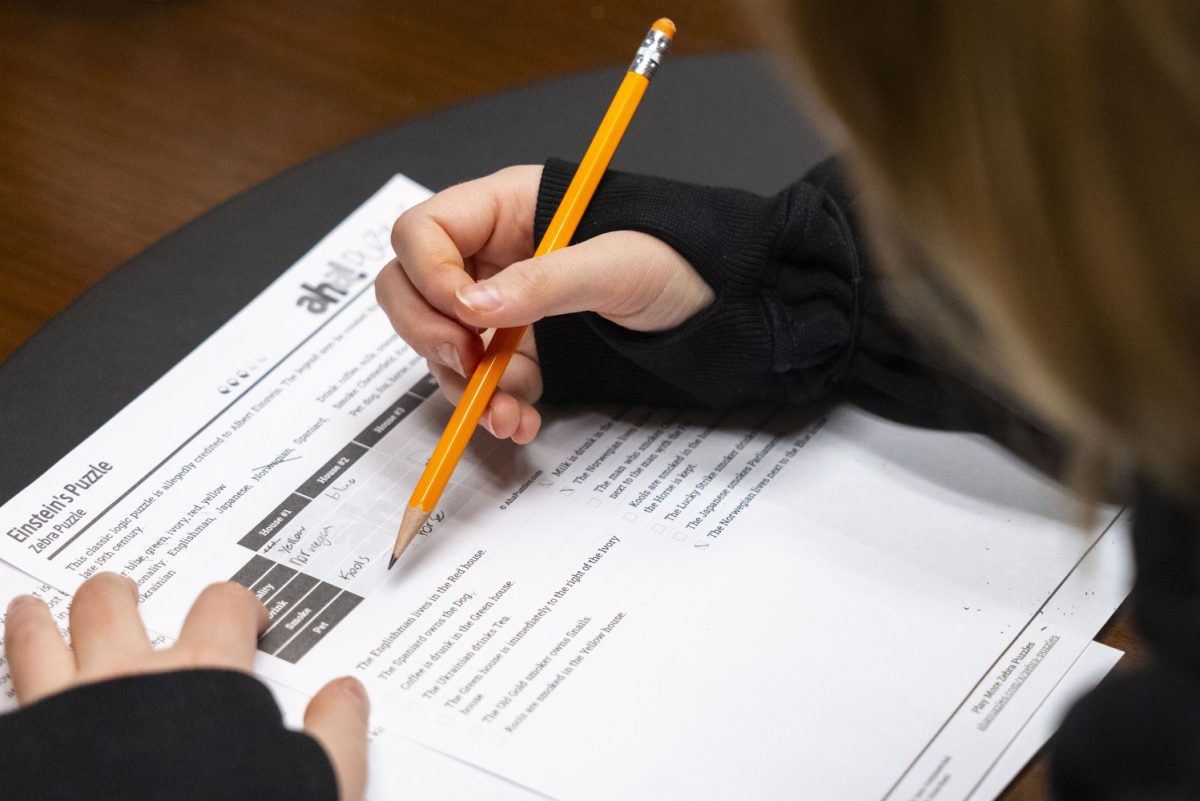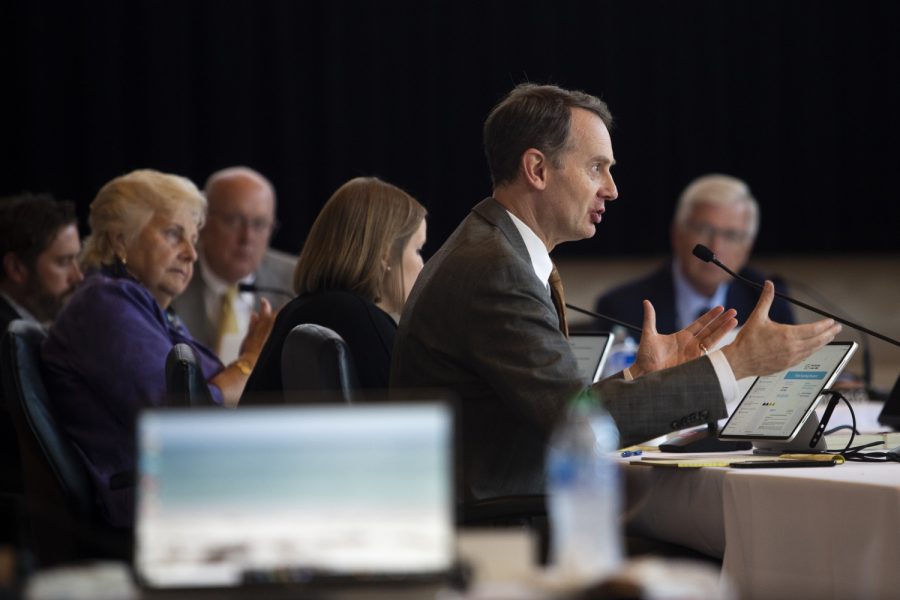Fly along those Midwestern winds because the Department of Energy estimates that Iowa’s wind-energy use is set to rise to 40 percent by 2020, helping Iowa with its already impressive status as one of the largest producers of wind energy in the country.
“Most of Iowa is in favorable conditions for wind compared to most states,” said Sri Sritharan, an engineering professor at Iowa State University and member of the Iowa Alliance for Wind Innovation and Novel Development.
Iowa is also a leader in wind-energy manufacturing, being home to major turbine manufacturer Acciona, as well as two major turbine blade manufacturers Siemens and TPI Composites, according to the American Wind Energy Association.
These conditions, along with many supporters of wind energy in Iowa, has helped the state become a leading innovator in wind power with roughly 28 percent of its energy being produced by wind in 2014, Sritharan said. Iowa was the first state in the nation to reach this milestone, according to the American Wind Energy Association.
This number rose to about 30 percent in the spring as the state installed more turbines across the state, said Johnson County Supervisor Mike Carberry, a member of the Board of Iowa Wind Energy.
The most favorable conditions for wind energy exist in the northwestern region of the state, in which many large wind farms exist, he said.
Despite Iowa’s position as a national leader in wind power, Carberry said, there are still many things that can further the state’s wind-energy success, such as allowing wind energy more access to transmission or electrical grids in order to be stored more energy.
“Every grid can only hold so much electricity, so you can’t make more wind turbines without the transmission to store the energy,” Carberry said.
He also noted that smaller wind farms could be very useful. This is something he tries to promote in Johnson County, he said.
“Here in Johnson County, we’ve tried to make it as easy as possible for local farmers to purchase and install wind turbines for their own use,” he said.
Legislation is also big factor, said David Ward, the communications director at the American Wind Energy Association.
“One of the best ways to see a larger focus in wind energy is to have a stable policy at the federal level,” he said.
While Iowa is predicted to reach 40 percent by 2020 by the Energy Department, many supporters of wind energy think Iowa could hit an even higher number, Sritharan said.
“Those numbers [40 percent] are what the Department of Energy predicts, but many people in Iowa are hoping to get even higher,” he said.
This doesn’t seem like an impossible feat for many wind supporters in Iowa, many of whom are very enthusiastic about the state’s future in wind energy.
“Here in Iowa we do wind better than any other state,” Carberry said.






